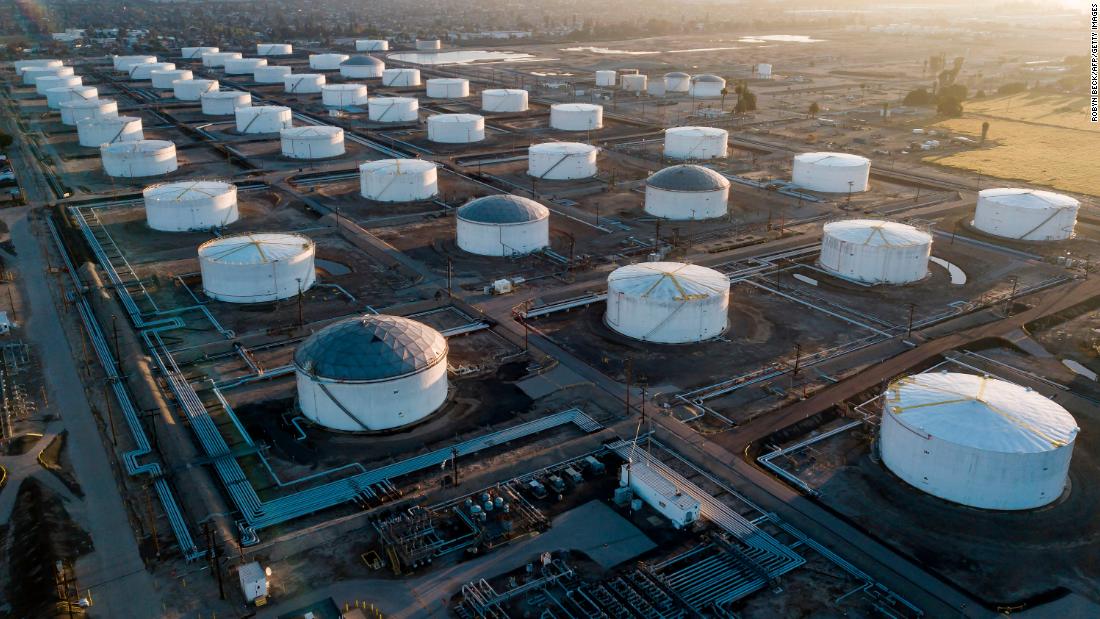The Motiva oil refinery closed its Port Arthur Manufacturing Complex, the largest American oil refinery, because of freezing temperatures.
“We are carefully monitoring weather conditions and will resume normal operations as soon as it is safe to do so,” said a Motiva spokesman.
The long road back
The last time the price of oil in western Texas was above $ 60 was on January 7, 2020. That was exactly when reports of coronavirus infections began to spread.
Just three months later, when travel stopped and demand for oil fell, an inopportune price war between Russia and Saudi Arabia resulted in a huge oversupply. On April 20, oil turned negative for the first time, dropping to $ -40.32 and stabilizing below zero the following day, before recovering.
Since then, the outlook for oil has steadily improved: the American economy grew at a record pace in the third quarter of 2020 and air travel reached pandemic records during Thanksgiving and Christmas.
Oil rose steadily until August, until it was close to $ 40 for several months. But since election day, oil has risen again, up 64%, as the prospects for economic stimulus and vaccines have increased.
Prices go up
The winter climate in Texas served as another boost. US oil rose 1.1% to $ 60.12 on Monday. Brent oil, the global benchmark, closed 1.4% higher at $ 63.30 a barrel.
Higher oil prices may eventually drive gas prices higher, which have been rising in recent months. Although the two commodities are not directly correlated, oil is the main component of gasoline and can help increase or decrease gas prices.
A gallon of gas rose to $ 2.51 on average in the United States on Monday, according to AAA. That’s 7 cents more than a year ago and 14 cents more than last month. Gasoline prices hit a low of $ 1.77 a gallon in April.
Speculation?
But the recovery in energy prices may not be just about the expected return on demand. Travel has recovered, but it remains a pittance compared to what it was before the pandemic, and business travel can take years to return to normal. Commuting has probably died forever for millions of workers who will continue to work from home long after Covid-19 is seen in the rearview mirror. And oil companies are betting heavily on a future dominated by green energy.
BP, Shell and Total announced pledges to reduce their own operations’ greenhouse gas emissions to net zero by 2050, and their CEOs spoke of the urgent need to develop new lines of business to offset the reduced demand for oil. Exxon announced that it would invest $ 3 billion in technology that reduces emissions by 2025. And President Joe Biden has made combating climate change a priority. He announced that the United States would rejoin the Paris climate agreement on its first day in office and quickly halted new oil and gas leases on federal land.
While oil demand may finally recover – perhaps for years – all of these factors weighing on fossil fuels suggest that much of the oil recovery may be part of the asset bubble that fuels the massive rise in stocks, other commodities and currencies digital like bitcoin.
Only time will tell to determine how much oil is left to run. In the meantime, investors are satisfied and drivers may be paying more at the pump.
– CNN Business’ Julia Horowitz and Alison Kosik contributed to this report
